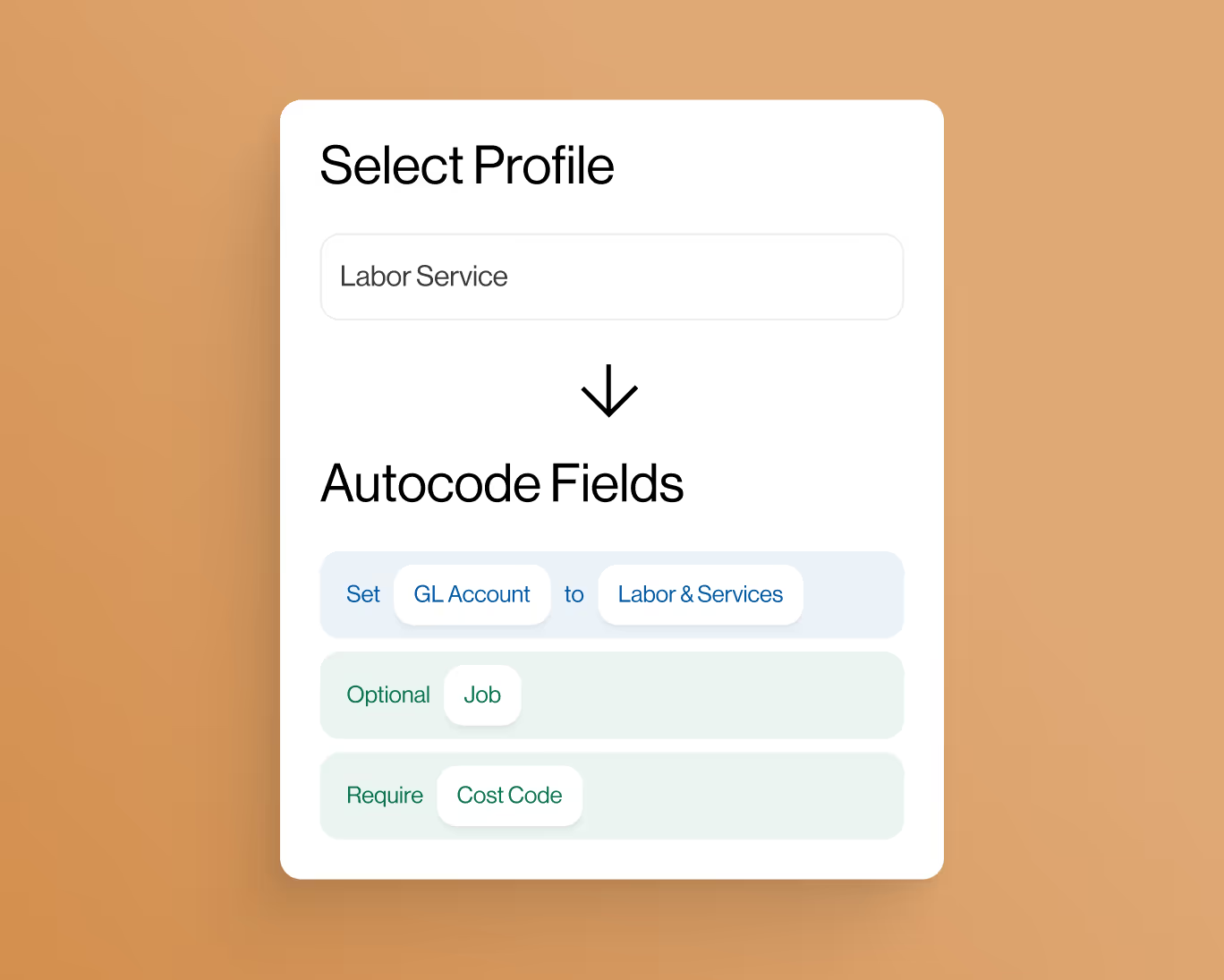Indemnification Agreement in the Construction Industry
Introduction
The construction industry involves a multitude of risks and uncertainties. Construction projects often require collaboration among various parties, such as contractors, subcontractors, architects, and suppliers. With numerous stakeholders involved, it is crucial to establish mechanisms to allocate and manage risks effectively. One common risk management tool used in the construction industry is an indemnification agreement. An indemnification agreement is a contractual provision that transfers certain liabilities and risks between parties involved in a construction project. In this blog post, we delve into the significance of indemnification agreements in the construction industry, their key components, considerations, and their impact on risk management and project success.
The Importance of Indemnification Agreements
Indemnification agreements are critical in construction projects because they provide clarity on the responsibilities and liabilities of each party involved. The construction process is complex and involves various potential risks, including property damage, bodily injuries, design flaws, delays, and cost overruns. By clearly defining how these risks will be allocated and managed, indemnification agreements help reduce ambiguity and potential disputes during and after the project's completion. Such agreements contribute to fostering a cooperative and transparent working relationship among project stakeholders.
Key Components of Indemnification Agreements
Indemnification agreements in the construction industry typically include the following key components:
- Indemnitor and Indemnitee: The indemnitor is the party assuming the liability and agreeing to indemnify, while the indemnitee is the party being protected from potential losses or claims.
- Scope of Indemnification: The agreement specifies the types of risks or liabilities covered by the indemnification, which may include third-party claims, property damage, bodily injury, or specific project-related risks.
- Limitations on Indemnification: Some indemnification agreements may include limitations on the extent of indemnification or exclude certain types of risks or damages from coverage.
- Insurance Requirements: Indemnification agreements may require the indemnitor to maintain specific types and levels of insurance coverage to support the indemnification obligations.
- Notice and Defense: The agreement outlines the process for providing notice of potential claims and the steps the indemnitee and indemnitor will take in the event of a claim, including the provision of legal defense.
- Indemnification Duration: The duration of the indemnification obligations, which may extend beyond the completion of the project, is specified in the agreement.
- Severability: The agreement may include a severability clause that ensures the enforceability of other provisions in case any part of the agreement is deemed invalid.
- Consent and Approval: Certain indemnification agreements may require the indemnitee's consent or approval before the indemnitor incurs any costs or enters into settlements.
- Legal Governing Law: The agreement typically specifies the governing law or jurisdiction in case of any disputes related to the indemnification.
Considerations in Indemnification Agreements
Indemnification agreements require careful consideration to ensure fairness and clarity. Some important considerations include:
- Risk Allocation: The parties should carefully assess the risks involved in the construction project and determine an equitable allocation of these risks through the indemnification agreement.
- Insurance Coverage: It is essential to verify that the indemnitor has adequate insurance coverage to fulfill their indemnification obligations in case of a claim.
- Professional Advice: Seeking legal counsel and professional advice can help parties understand the potential implications and risks associated with the indemnification agreement.
- Clear Language: The language used in the agreement should be clear, unambiguous, and easily understandable by all parties.
- Project-Specific Considerations: The terms of the indemnification agreement may vary based on the size, complexity, and nature of the construction project.
- Financial Viability: The parties should evaluate each other's financial viability to ensure that the indemnitor can fulfill their indemnification obligations if required.
- State and Local Regulations: Indemnification agreements must comply with state and local laws and regulations governing indemnification and construction contracts.
- Relationship with Other Contractual Provisions: The indemnification agreement should be harmonized with other contractual provisions to avoid conflicts and ensure consistency.
Impact on Risk Management and Project Success
Indemnification agreements are a vital tool in managing and mitigating risks in the construction industry. By clarifying each party's responsibilities and liabilities, these agreements promote accountability and proactive risk management. When risks are appropriately allocated and managed, project stakeholders can focus on delivering the project efficiently and collaboratively. Indemnification agreements also contribute to the overall project success by reducing the potential for costly disputes and legal battles. A well-drafted indemnification agreement fosters a sense of trust and cooperation among the parties involved, leading to smoother project execution and improved outcomes.
Conclusion
Indemnification agreements are a crucial risk management tool in the construction industry. By clearly defining the allocation of risks and liabilities among project stakeholders, these agreements promote transparency, cooperation, and accountability. It is essential for construction companies and their partners to carefully assess the risks, seek professional advice, and draft comprehensive indemnification agreements to ensure fair and effective risk management. When executed thoughtfully, indemnification agreements contribute to the success of construction projects and foster positive working relationships among project stakeholders.










